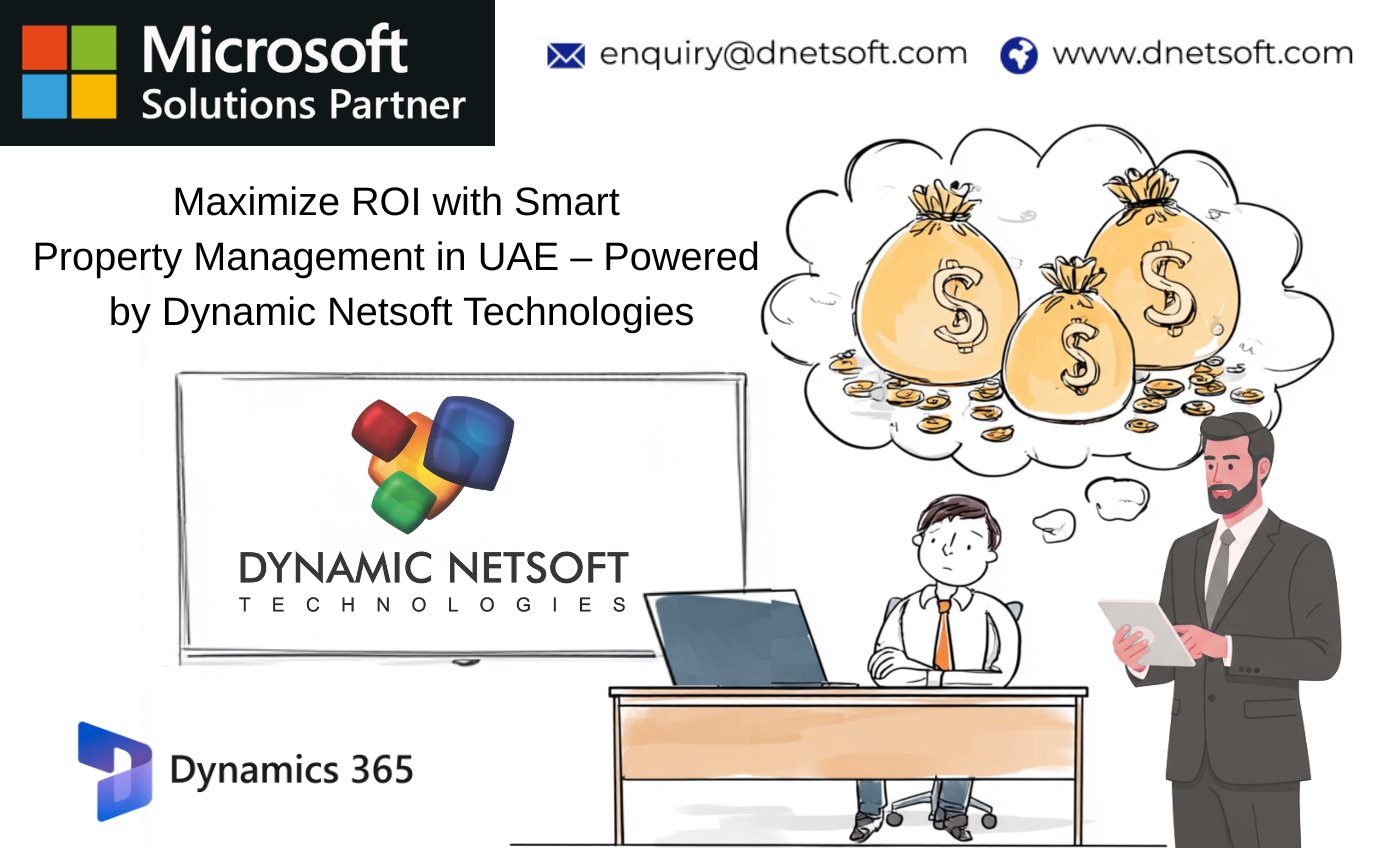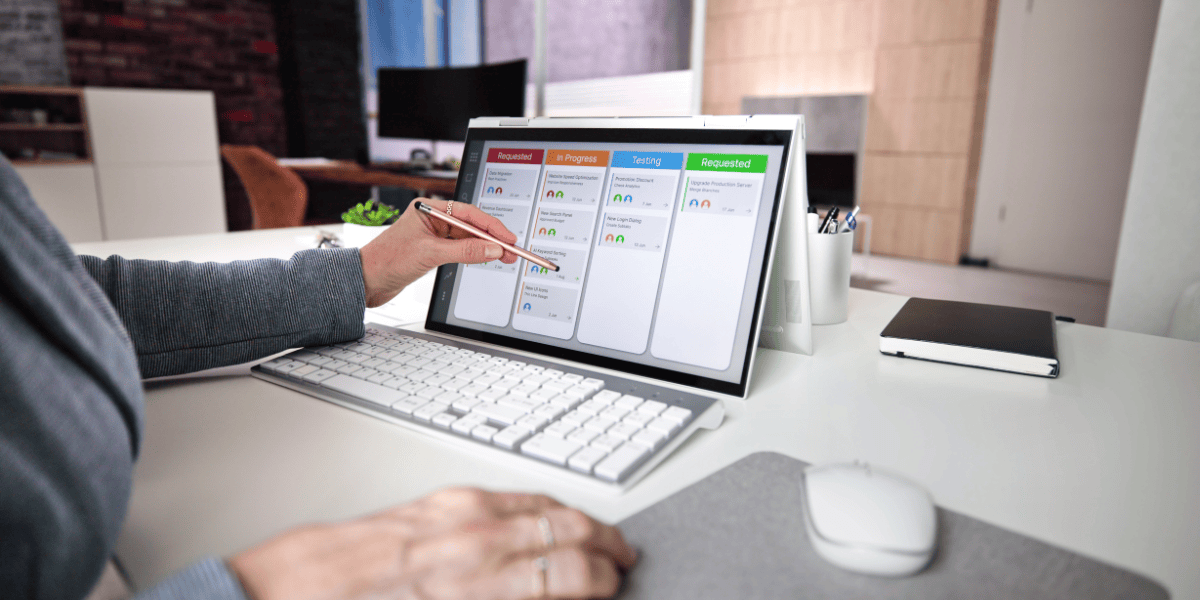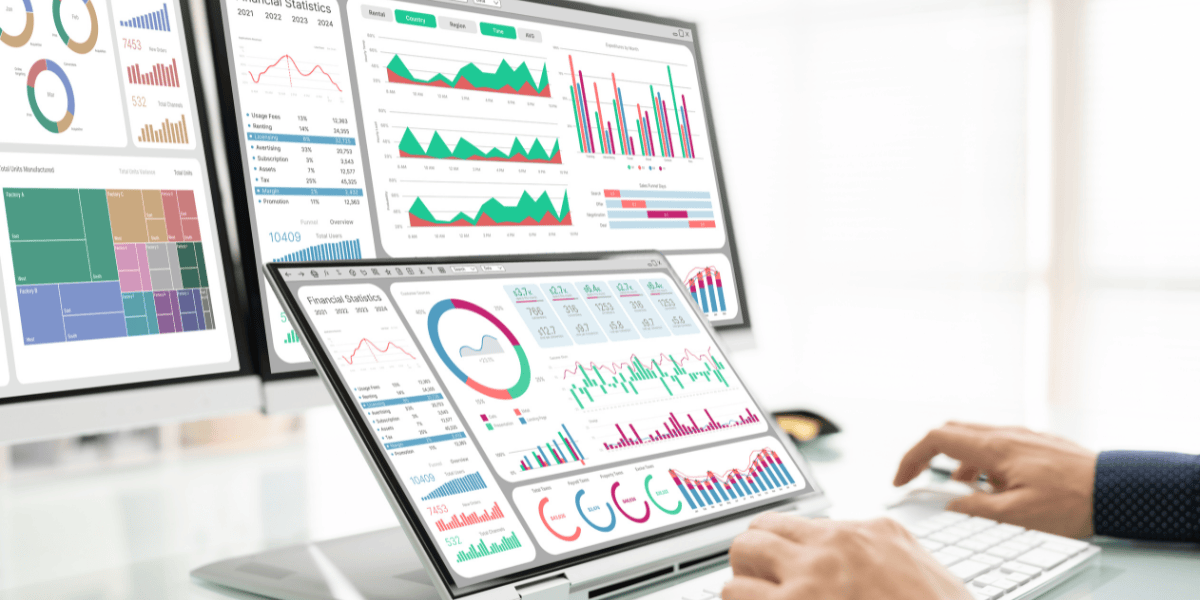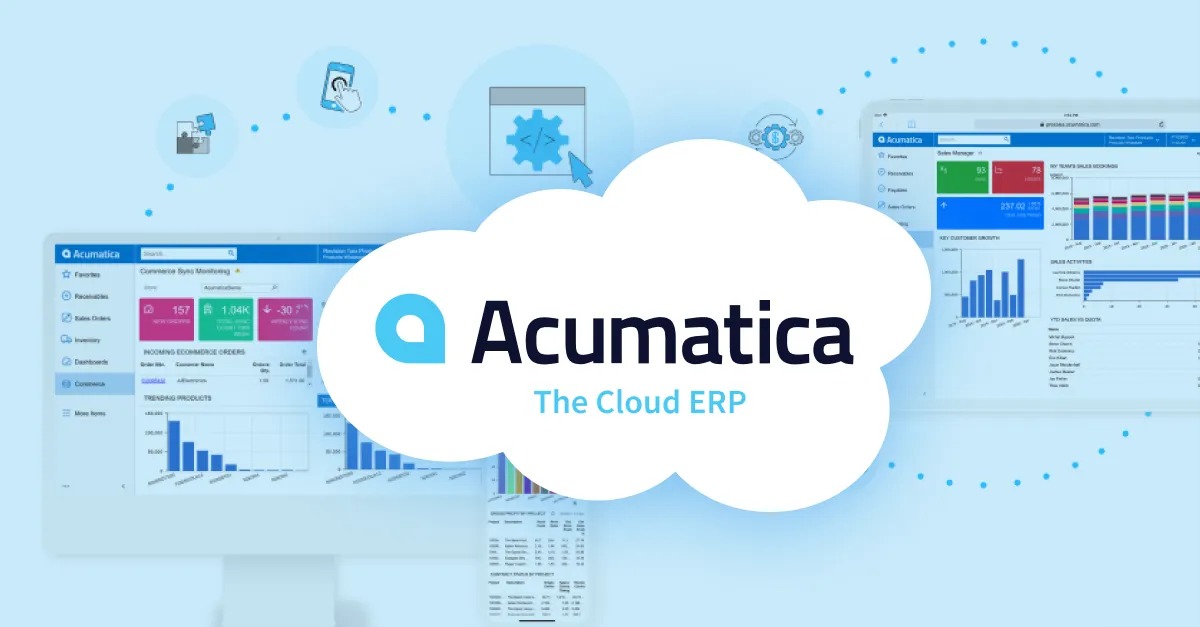What is the Difference Between Payment Software and Online Billing Software?
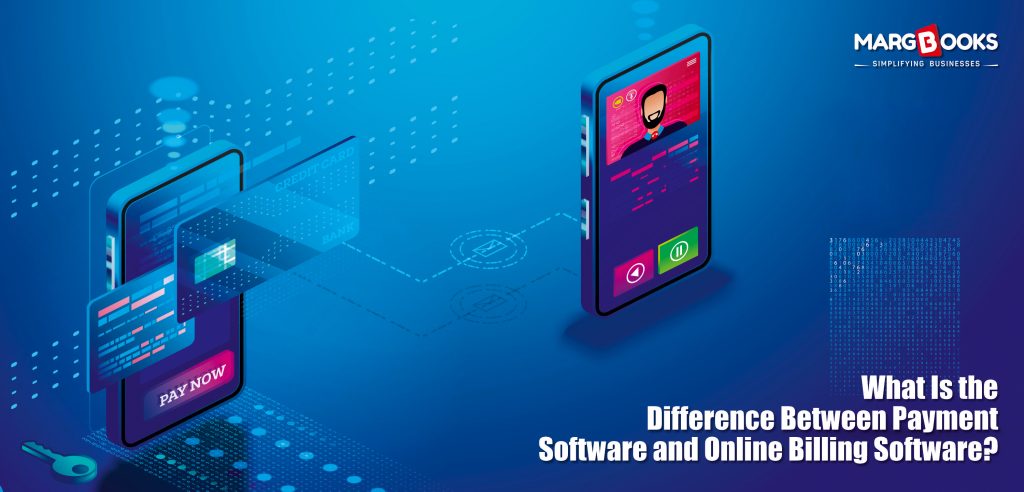
Strong 8k brings an ultra-HD IPTV experience to your living room and your pocket.
In today’s digital age, businesses across India—big or small—are moving towards automation and cloud-based solutions to manage their finances. With increasing reliance on technology, two terms often pop up in conversations: payment software and online billing software. Although they sound similar, they serve very different purposes. Understanding the distinction between the two can help businesses choose the right tools to streamline their operations, improve efficiency, and ensure smoother transactions.
Let’s delve into the core differences between these two types of software, how they function, and why using the best billing software in India like MargBooks can give your business a competitive edge.
What is Payment Software?
Payment software is designed specifically to handle the process of making and receiving payments. Whether you’re a retailer, a service provider, or an eCommerce seller, you’ll need a tool that enables secure and quick transactions.
Key Functions of Payment Software:
Accepts multiple payment modes: Credit cards, debit cards, UPI, mobile wallets, net banking, etc.
- Processes transactions in real-time
- Provides payment gateways integration
- Supports recurring payments and subscriptions
- Includes fraud detection and security protocols
- Generates payment reports and analytics
Real-World Use Case:
Imagine you run a small online boutique. When a customer makes a purchase, your payment software ensures the transaction is successful and the money lands in your account. It might also send a confirmation to the customer and help you track pending or failed payments.
What is Online Billing Software?
Online billing software, on the other hand, is focused on generating, managing, and sending invoices. It automates the entire billing cycle, making it easier for businesses to maintain financial records and stay GST-compliant.
Key Features of Online Billing Software:
- Invoice generation (GST and non-GST)
- Customer and vendor management
- Inventory tracking
- Tax calculation and filing
- Payment due reminders
- Customizable templates
- Cloud-based data access
Real-World Use Case:
Let’s say you provide freelance digital marketing services. At the end of the month, you create a professional invoice using online billing software, apply the applicable GST, and send it to your client. The software will then remind you if the payment isn’t received by the due date.
Why You Might Need Both
Many businesses, especially those with complex operations, use both systems together. For instance, once you generate an invoice using online billing software, you can send a payment link that integrates with your payment software. This way, you get the best of both worlds—accurate billing and seamless payment collection.
Meet MargBooks: A One-Stop Billing Solution
If you’re looking for the best billing software in India, MargBooks is a name you can trust. Built specifically with Indian businesses in mind, MargBooks offers a powerful suite of tools to manage invoices, payments, inventory, and compliance.
Why Choose MargBooks?
- GST-Compliant Billing: Stay updated with India’s latest tax laws.
- Cloud Access: Manage your business from anywhere, anytime.
- Integrated Payment Solutions: Send bills and collect payments instantly.
- Multi-user Access: Perfect for teams working from different locations.
- User-Friendly Interface: Designed for business owners, not accountants.
MargBooks understands the unique challenges faced by Indian SMEs and tailors its offerings to fit your needs—whether you’re a retailer in Jaipur, a trader in Mumbai, or a distributor in Chennai.
Benefits of Using the Right Software for Your Business
Choosing the right combination of billing and payment software can:
- Save time and reduce manual errors
- Ensure better cash flow management
- Improve customer satisfaction
- Enhance business professionalism
- Simplify GST filing and compliance
Key Differences at a Glance:
Feature Payment Software Online Billing Software
Main Purpose To process and collect payments To generate invoices and manage billing
Focus Area Transactions Sales, invoicing, and accounting
Includes Inventory/Tax Features? No Yes
Integration with Banks/GST Portals Sometimes Often mandatory (especially in India)
Example Use Case Collecting payment via UPI after a sale Generating GST-compliant invoice, managing stock
User Type Retailers, online stores, service providers SMEs, wholesalers, manufacturers, accountants
When Do You Need Both?
If you’re a business that deals with customers regularly – either online or offline – you’ll likely need both tools.
Final Thoughts:
In a nutshell, payment software and online billing software serve distinct but complementary roles in the financial ecosystem of a business. Where one ensures smooth transactions, the other ensures accurate record-keeping and invoicing. For Indian businesses striving for growth, using the right tools like MargBooks can truly make a difference.
So, whether you’re just starting out or looking to upgrade your current system, now’s the time to explore your options and invest in reliable software that empowers your business.
Note: IndiBlogHub features both user-submitted and editorial content. We do not verify third-party contributions. Read our Disclaimer and Privacy Policyfor details.



